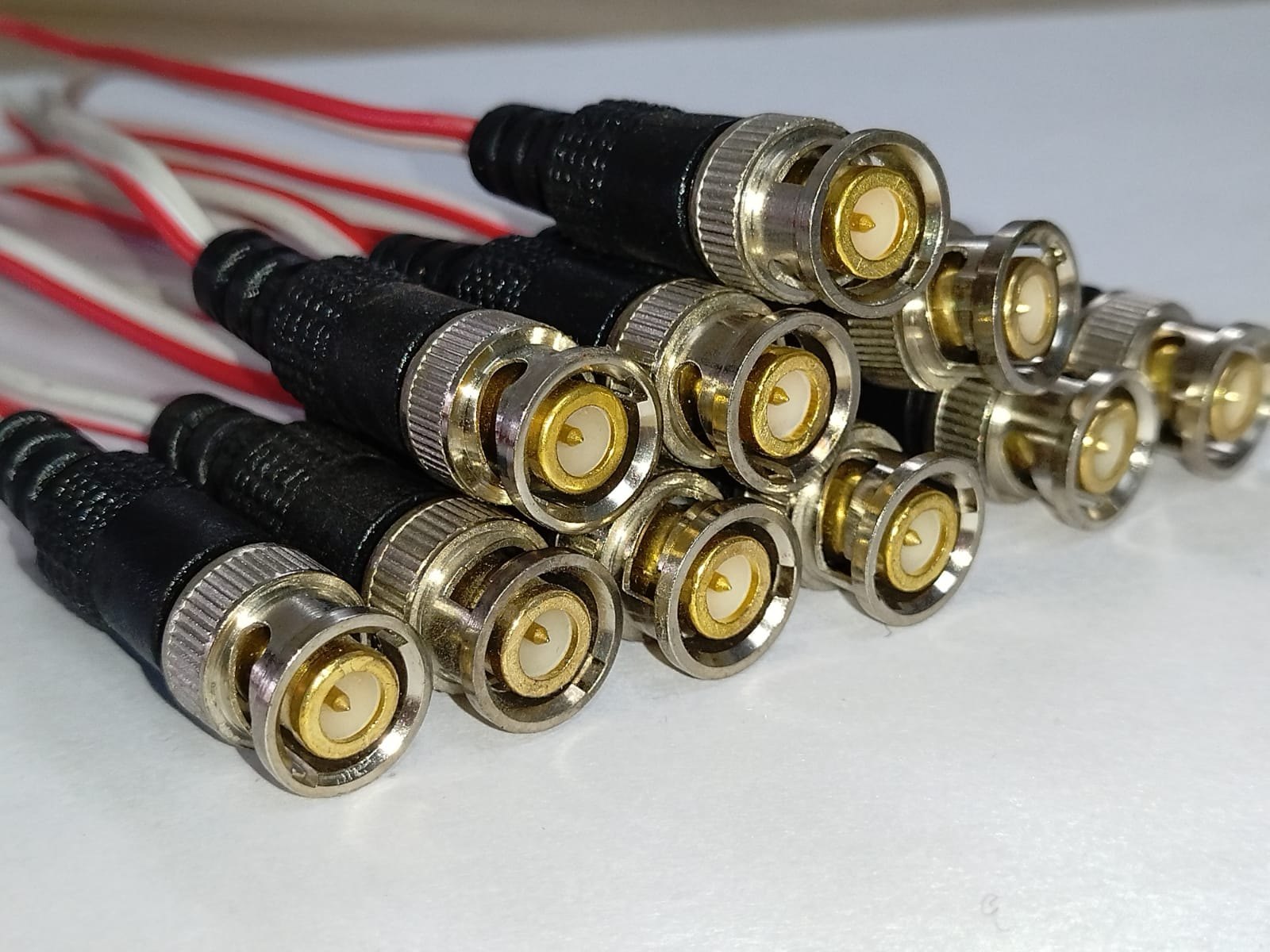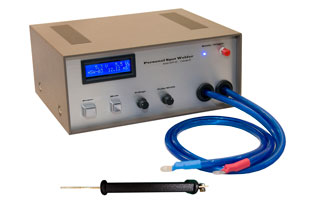BNC Connector: An In-Depth Exploration

Introduction
The BNC connector is a miniature quick-connect/disconnect radio-frequency connector used for coaxial cable. Introduced in the 1940s, it has become a staple in various industries due to its reliability and ease of use.
Historical Background
Developed in the 1940s by Paul Neill and Carl Concelman, the BNC connector was designed to provide a reliable and quick connection for coaxial cables in military radio equipment. Its bayonet-style coupling mechanism allowed for secure connections without the need for tools, which was particularly advantageous in field operations. Over time, its use expanded into commercial and industrial applications, including television broadcasting and computer networking. Wikipedia
Technical Specifications
- Impedance: Available in both 50 ohms and 75 ohms versions.
- Frequency Range: Typically up to 4 GHz for 50-ohm versions; 75-ohm versions are generally used up to 2 GHz.
- Voltage Rating: Up to 500 volts RMS.
- Coupling Mechanism: Bayonet-style, allowing for quick connect/disconnect.
- Mating Cycles: Typically rated for 500 mating cycles.
- Interface Standards: Compliant with MIL-STD-348 and IEC 61169-8. Wikipedia
Design and Variants
The BNC connector consists of two bayonet lugs on the female connector; mating is fully achieved with a quarter turn of the coupling nut. Variants of the BNC connector include:
- Mini BNC and HD BNC: Smaller versions designed for higher density applications.
- Reverse Polarity BNC (RP-BNC): Used in certain applications to prevent accidental connections.
- Triaxial BNC: Features an additional layer of insulation and shielding for sensitive measurements. Wikipedia
Applications
BNC connectors are utilized across various industries due to their versatility:
- Broadcasting: Used for transmitting video signals in television studios and equipment.
- Telecommunications: Employed in networking equipment and test instruments.
- Test and Measurement: Commonly found on oscilloscopes, signal generators, and other laboratory equipment.
- Security Systems: Used in CCTV systems for video signal transmission.
- Aerospace and Defense: Applied in avionics and military communication systems. Wikipedia
Advantages
- Ease of Use: The bayonet coupling allows for quick and secure connections without tools.
- Reliability: Provides consistent performance with minimal signal loss.
- Versatility: Suitable for both analog and digital signals across various frequencies.
- Availability: Widely available and supported by numerous manufacturers.
Considerations
- Impedance Matching: It’s crucial to match the connector’s impedance with the system to prevent signal reflections.
- Frequency Limitations: While suitable for many applications, BNC connectors may not perform optimally at very high frequencies compared to other connector types.
- Physical Size: In high-density applications, smaller connectors like Mini BNC or HD BNC may be more appropriate.







